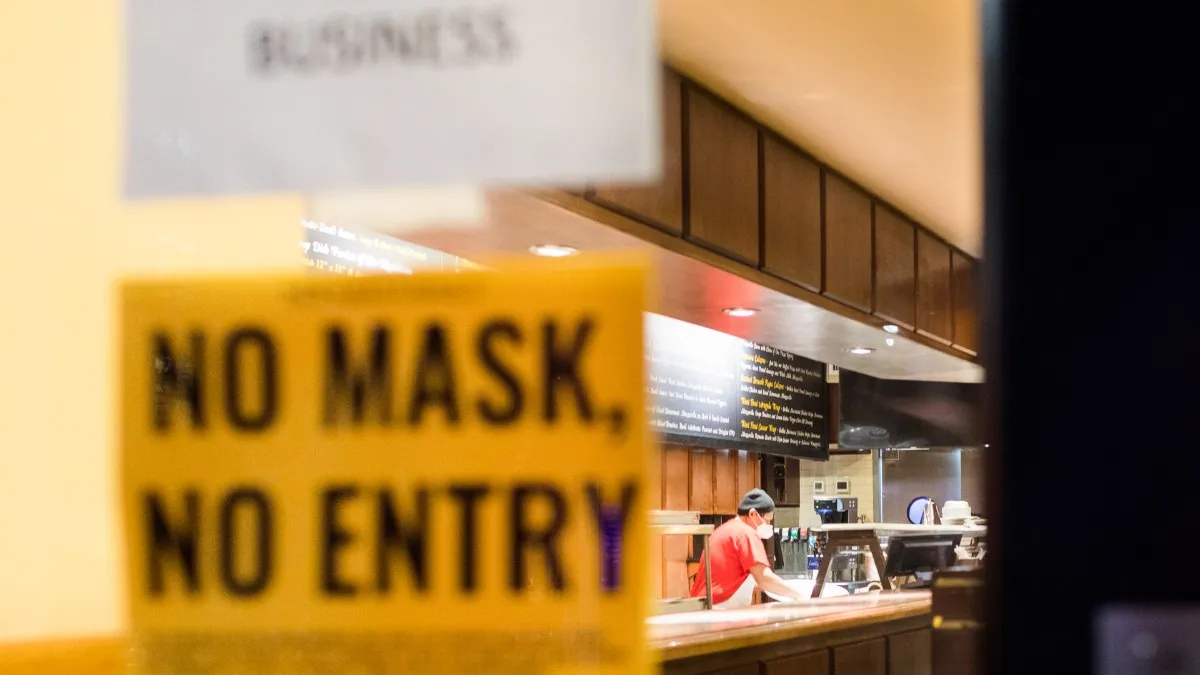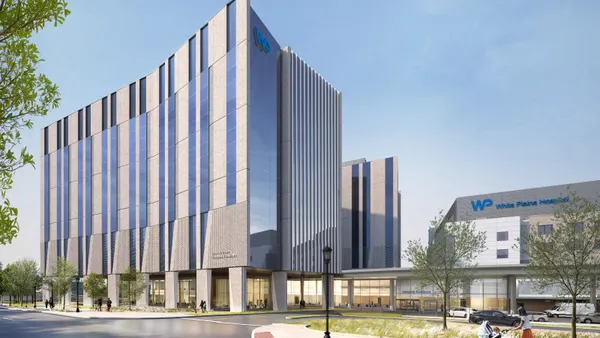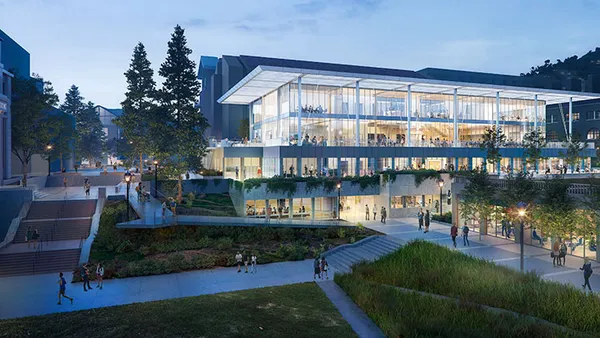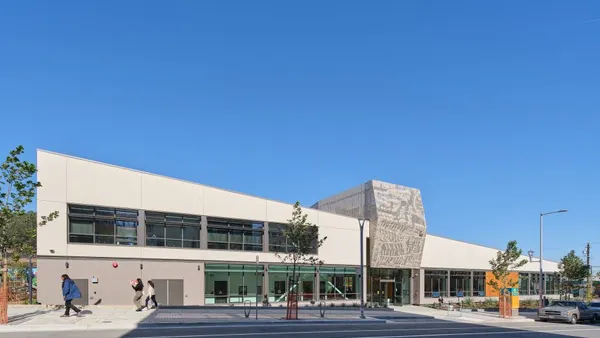As the COVID-19 pandemic stretches into its fifth month, disruptions at businesses across the country have lasted longer than many anticipated. Instead of the hope that the crisis would be over within a few months or the end of summer at the latest, it’s now clear the U.S. will be dealing with the novel coronavirus outbreak for a more prolonged period.
This week, case numbers and deaths continued to surge nationally during a second wave of outbreaks that came much sooner than the fall timeline many experts had predicted. Even as some states continued to reopen, others have walked back loosening restrictions they had hoped would help them get back to work amid rising case counts. About a dozen states are pausing their reopenings while they evaluate what to do next.
On July 27, Virginia became the first state to put a new emergency temporary standard (ETS) in place that tightens social distancing and personal protective equipment requirements for all workplaces, and Oregon has a tentative timeline for a similar ETS in the months ahead.
Last week, Construction Dive asked readers how much longer they expected COVID-19 to impact their companies, the steps they were taking to protect workers over the long haul, whether they would apply for more government assistance should it become available and their biggest concerns as the crisis continues.
A combined 75% of readers who responded to our Friday Feedback survey now expect the impacts of COVID-19 to last another year or more, with 19% anticipating disruptions for at least another 18 months. Just over 12% of readers expect the crisis to continue for another two years or longer.
Contractors are taking many different steps to protect workers over the long haul, with personal protective equipment, social distancing, temperature checks and telework for some staff the top ways they are mitigating the spread of the virus.
Just over a third of our readers (35%) said they would apply right away for additional government financial assistance if it becomes available. But another 23% said they weren’t planning on applying for more government money, while 40% would elect to wait and see if they needed it.
Top concerns
A number of concerns weighed on readers’ minds due to the prolonged impact of the pandemic, including poor direction and leadership from government entities, the possibility of infected construction workers shutting down jobsites and people continuing to flaunt PPE and social distancing requirements.
“Genuinely concerned that people do not take this seriously,” wrote one reader. “A simple safety precaution, like wearing masks, will make a difference. The longer people resist wearing masks, the longer they will continue this pandemic.”
The most common worry readers articulated was about the continued availability of financing and demand for construction projects overall.
“It appears the banks have been managing existing borrowers’ lines of credit, and not issuing new debt," one reader wrote. "This has created a backlog of projects that are getting pushed out to an unknown date.”
The same reader is worried his firm won't be able to carry staff in the interim, and then would have trouble rehiring them when projects do start back up.
Others expressed anxiety about risks to specific types of construction.
“One of the biggest concerns is the long-term impact on high-rise construction projects,” another reader wrote. “As companies adapt to working from home, the realization may come that high rise occupancy is not a viable part of their business plan anymore, which in turn could severely dampen steel erection in major metropolitan cities.”
Overall, what weighed most on many respondents' minds was the possibility of “broader economic uncertainty leading to softening demand for construction services,” as one reader wrote.















